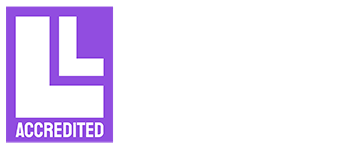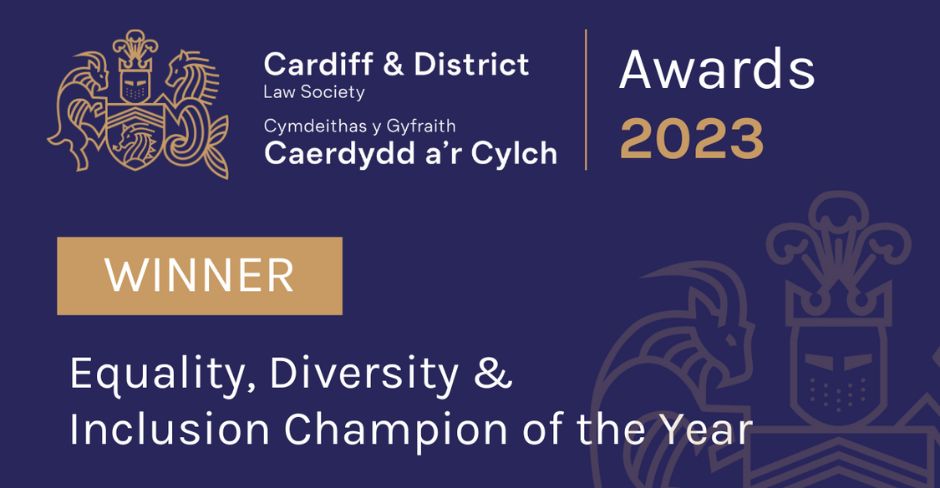-
Business Services ▾
-
Company & Commercial
- Legal Services for Landlords
- Commercial Property
-
Employment Law
- - Sponsor Licences
- - Employment law solicitors and HR training UK
- - Employment Tribunals Advice
- - HR Consultancy
- - Discrimination and Family Issues in the Workplace
- - Restrictive Covenants
- - Drafting and Varying Contracts of Employment
- - Redundancies and Restructuring
- - Disciplinary Hearings, Dismissals and Grievances
- - Trade Unions and Industrial Action
- - TUPE Guidance
- Commercial Litigation
-
Legal Compliance
- Debt Recovery
- Business Recovery & Insolvency
-
Company & Commercial
-
Individual Services ▾
- Residential Property
- Public Law
- Family & Matrimonial
- Children Law
-
Clinical Negligence
- - Abuse and neglect of the elderly
- - Fracture Negligence
- - Surgical Negligence
- - GP Negligence
- - Gynaecological Claims
- - Medication and Prescription Error Advice
- - Paediatric Claims
- - Orthopaedic Negligence
- - Physiotherapy or chiropractic treatment errors
- - Ophthalmic Eye Claims
- - Cancer Misdiagnosis Claim
- - Pressure Sores
- - Inquest Representation
- - Cauda Equina Syndrome Compensation
- - Anaesthetic Awareness – Administration Mistakes
- - Birth Injuries
- - Cosmetic Surgery Mistakes
- - Negligent Cardiac Care Claims
- - Cerebral Palsy
- - Chiropractic Injury
- - Colorectal Surgery
- - Consent to Treatment
- - Dental Negligence
- - Ear, Nose and Throat
- - Sepsis
- - Personal Injury
- Wills & Probate
- Dispute Resolution
-
Sports Law
- Employment Law
-
UK COVID-19 Inquiry
- LGBTQ+ Legal Advice
20th September 2021 | Employment
The end of furlough – what happens next?
Furlough has been a lifeline for many businesses who have been impacted by the Covid-19 Pandemic, but with the scheme coming to an end in just a few weeks, partner and head of employment law, Daniel Wilde, examines whether the end of the furlough scheme will lead to an increase in the number of settlement agreements and if so, how to approach them.
Covid-19 and the Impact on Employment
With restrictions now easing, many workplaces have begun to reopen and with the winding up of the government’s Coronavirus Job Retention Scheme, also known as furlough, many businesses are turning their minds as to what happens next.
The furlough scheme has proved to be a lifeline for many businesses across the country over the last 18 months, but it is a sad fact that as a result of the pandemic some businesses continue to struggle and some will not survive.
Many businesses will need to re-organise and restructure, whilst some will need to make the difficult decision to reduce staff numbers.
While some companies may choose to go through a formal redundancy process, many will look to go down the route of a settlement agreement, which can be a much quicker and more cost-effective way to formally and lawful terminate an individual’s employment.
What is a settlement agreement?
A settlement agreement is a legally binding, voluntary contract between an employee and their employer. They are typically used when ending employment on mutually agreed terms.
By signing a settlement agreement, an employee waives the right to bring a claim against their employer in an employment tribunal, in return for a financial payment.
Since many businesses have been hit hard financially during the pandemic, it’s no surprise that the use of settlement agreements has grown to avoid hefty compensation payouts, should an employee raise a successful claim.
What do I do if I want to offer an employee a settlement agreement?
Think about what you are going to say to an employee in advance of any meetings and consider what the offer to the employee might be in terms of a financial payment. For some employees, it may come as a complete shock and it is important to try and keep things as amicable as possible, especially in the early stages of negotiation.
For employees who are in an existing dispute, or the purpose of the discussion is to avoid things being taken further, it is important to remember that there is protection for employers who have “without prejudice” conversations with an employee.
Consider whether the settlement agreement should be presented as an option to an employee, making it clear that it is an alternative to a more formal procedure, such as a redundancy consultation. If it is presented as the only option, it could pave the way for a potential employment claim, including for constructive dismissal.
Your employee will need to take legal advice on the settlement agreement and therefore will need time to review and feedback any changes. ACAS suggest in the ACAS Code on Settlement Agreements that employees should be given 10 calendar days to consider the offer and is helpful to take this into account when considering when you wish the settlement agreement to be agreed by.
If you or your business require any support with settlement agreements, or for advice on any other employment issues, please contact Daniel Wilde on wilded@hevans.com or call 01633 244233.












